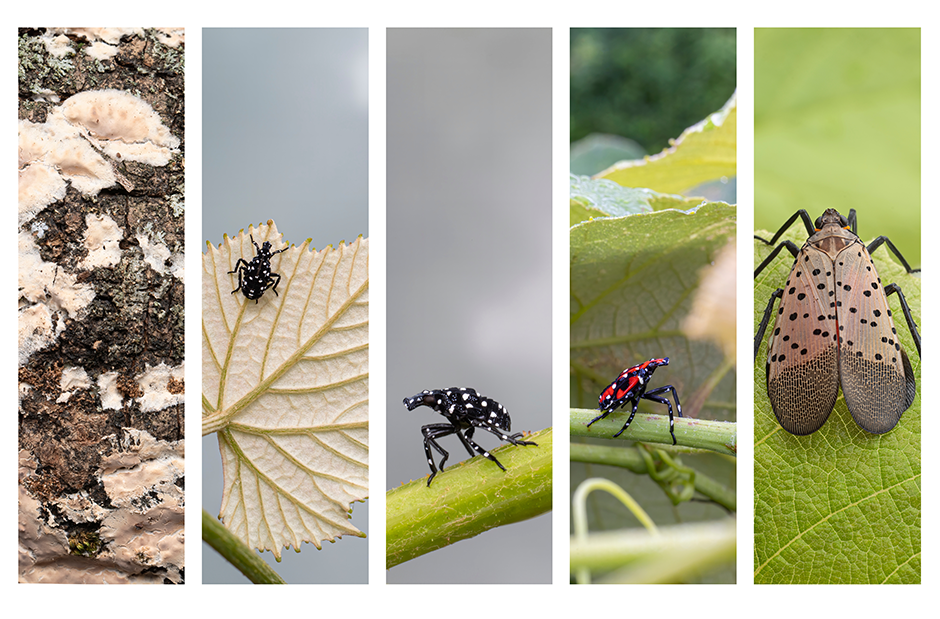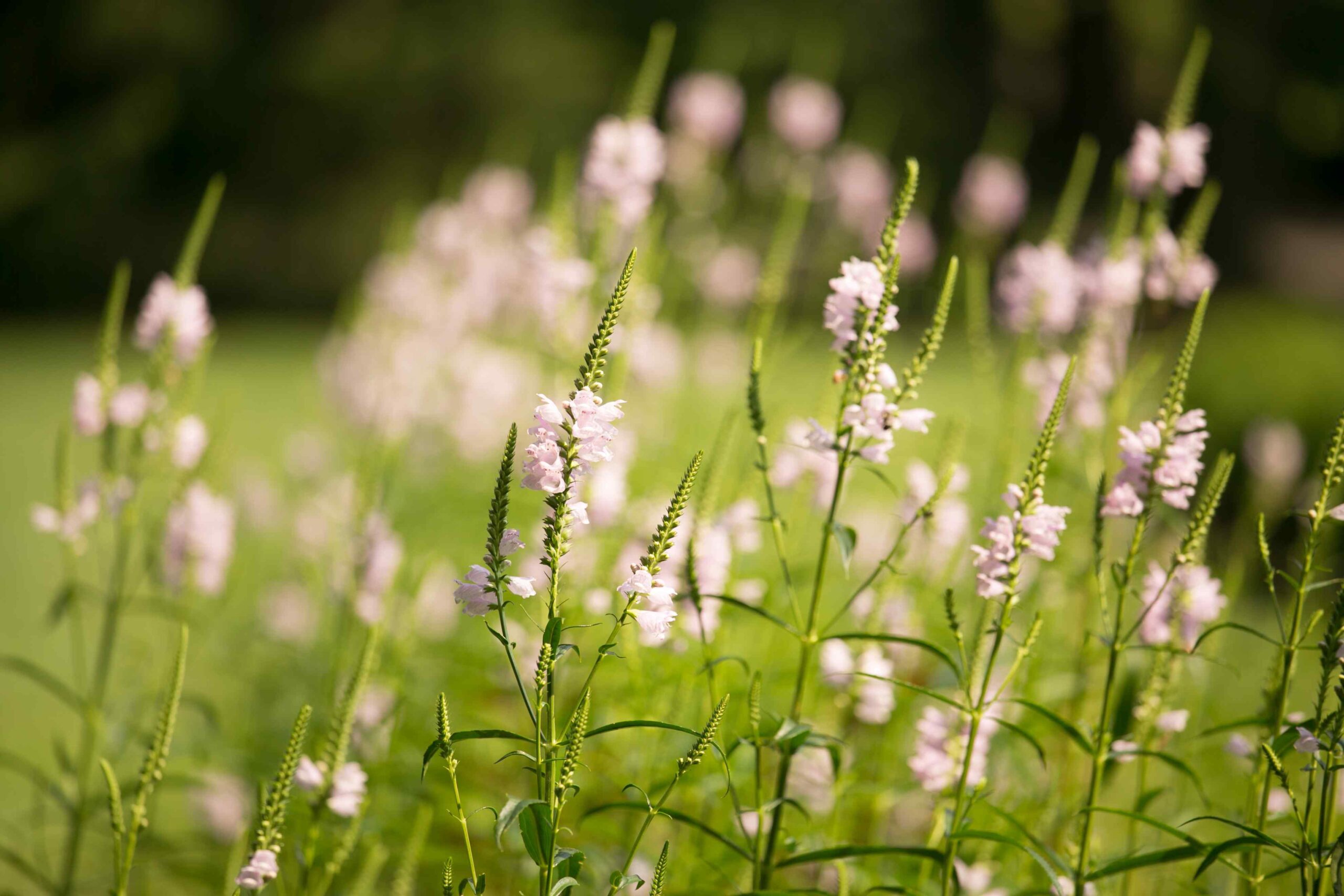
In a quest for beautiful lawns and well-maintained gardens, the threat posed by invasive species is often overlooked. These organisms, which are not native to a particular area, can wreak havoc on the environment, our health, and the economy.
Among them, the Spotted Lanternfly has emerged as a particularly troublesome invader, capable of causing significant damage to local landscapes and the surrounding ecosystem.
In this blog, we will explore what invasive species are, why it’s important to manage them, and focus on how to prevent and deal with the Spotted Lanternfly.
What Is an Invasive Species?
Invasive species are organisms that have been introduced to an environment where they are not native. These intruders pose a triple threat: they adapt quickly to the new environment, reproduce rapidly, and cause harm to the native plants and animals of the region.
It’s crucial to note that not all non-native species are invasive. In fact, some are essential to our food supply. For instance, popular crops like wheat, tomatoes, and rice are not native to the United States, but they are not considered invasive because they don’t harm the ecosystem.
Examples of Invasive Species
Invasive species can be animals, plants, or pathogens. Some notable examples include:
- Zebra mussels in the Great Lakes
- Burmese pythons in the Everglades
- Spotted Lanternfly in the northeastern US
An extensive list of invasive species can be found here.
Why It’s Important to Manage Invasive Species
Managing invasive species is of utmost importance for several critical reasons. These unwelcome guests can lead to the extinction of native plants and animals, disrupt biodiversity, and alter wildlife habitats. This negative impact ripples through the environment, economy, and even human and animal health and safety.
Spotlight on the Spotted Lanternfly
The Spotted Lanternfly (Lycorma delicatula) is an insect native to China. The species first appeared in Pennsylvania in 2014. The Spotted Lanternfly poses a significant threat because it feeds on a wide range of fruit, ornamental, and woody trees, as well as other native species. This invasive species can spread over long distances by way of infested plant materials or other items containing egg masses moving from place to place.
Currently, Spotted Lanternfly populations have been identified in 14 states, including Connecticut, Delaware, Indiana, Maryland, Massachusetts, Michigan, New Jersey, New York, North Carolina, Ohio, Pennsylvania, Rhode Island, Virginia, and West Virginia.
Identification
Spotted Lanternflies are distinctive insects with a unique and easily recognizable appearance. Here’s a description of what they look like at different stages of their life cycle.
Spotted Lanternfly eggs are laid in rows and covered with a gray, mud-like substance. Early in their nymph stage, Lanternflies are black with white spots. As they mature, they develop reddish patches on their bodies. Nymphs do not have fully developed wings, making them flightless at this stage.
Adult Spotted Lanternflies are approximately one inch (2.5 cm) long. They display striking and vibrant colors with grayish forewings adorned with black spots and patches of red and white. When their wings are folded, they reveal a bold red and black pattern.
Identifying Spotted Lanternflies at various life stages is essential for effective detection and reporting.
How to Prevent Spotted Lanternfly Infestations
Preventing Spotted Lanternfly infestations is essential to protecting the environment and your property. Here are practical steps you can take to prevent these invasive insects from becoming a problem:
1. Inspection and Awareness
- Regularly inspect your property, especially trees, plants, and outdoor items.
- Be vigilant during the late summer and fall, when Spotted Lanternflies are most active.
- Educate yourself and your family about what Spotted Lanternflies look like at all life stages.
2. Check for Egg Masses
- Before the winter holidays, examine outdoor items for Spotted Lanternfly egg masses.
- Look for egg masses on surfaces like tree trunks, rocks, and outdoor furniture.
- Scrape off any egg masses you find into a plastic bag filled with hand sanitizer. Seal the bag tightly and dispose of it properly to prevent hatching.
3. Inspect Trees and Plants
- Regularly inspect your trees and plants for signs of Spotted Lanternfly infestations.
- Pay particular attention during dusk and nighttime when these insects tend to gather on stems and trunks.
4. Be Cautious When Traveling
- If you’re traveling from an area known to have Spotted Lanternfly populations, thoroughly inspect your belongings, especially outdoor equipment and vehicles, before leaving.
- Make sure you’re not inadvertently transporting these pests to new areas.
What to Do If You Find a Spotted Lanternfly
If you suspect you’ve found a Spotted Lanternfly in Connecticut, take these steps:
1. Do Not Move the Material: Avoid moving any potentially infested wood or materials from the site.
2. Remove specimens: Collect eggs, nymphs, and adult Lanternflies in a plastic bag filled with hand sanitizer or freeze before properly disposing.
3. Submit a Sample: Follow the Connecticut Agricultural Experiment Station’s instructions to send a specimen sample.
4. Report Online: If possible, take multiple photos and note the location. Report your finding via the online reporting form to the Connecticut Agricultural Experiment Station.
This checklist from the Pennsylvania Department of Agriculture is a great resource for steps you can take to help prevent the spread of the invasive Spotted Lanternfly.
Managing invasive species like the Spotted Lanternfly requires vigilance and cooperation. By following these steps and being proactive in your landscape care, you can help protect your property and contribute to the preservation of our environment. Together, we can safeguard our local ecosystem from the harmful effects of invasive species.
Contact the landscape professionals at LaurelRock to learn more about their horticulturally based and sustainably focused property maintenance services. With LaurelRock, You’ll Love Coming Home!



